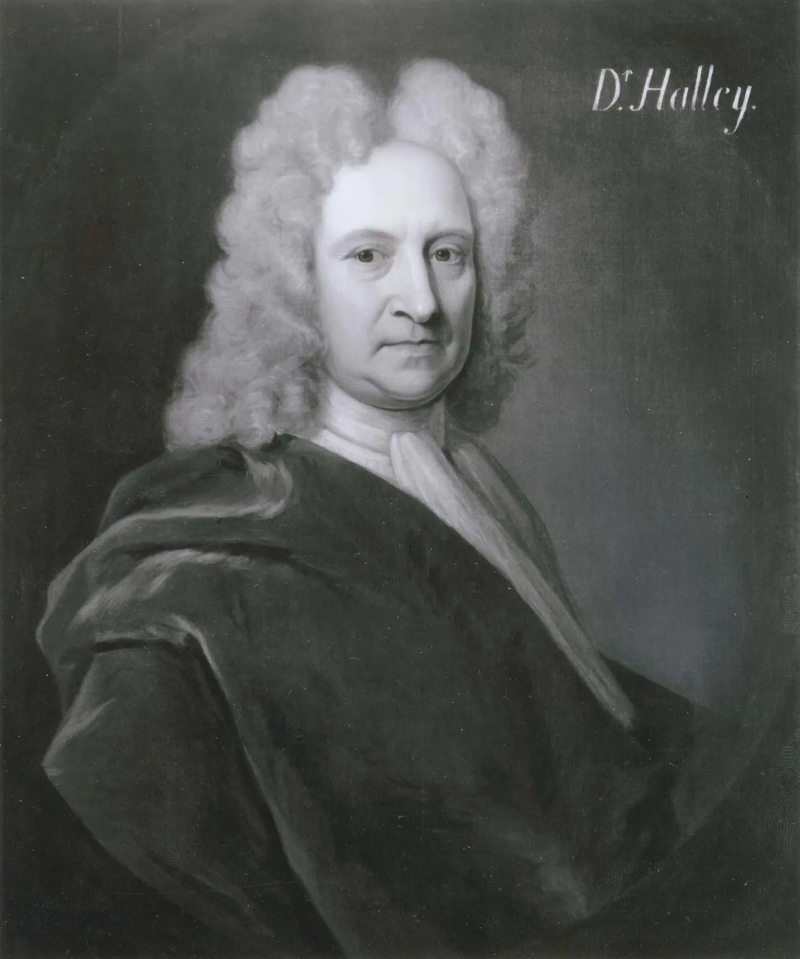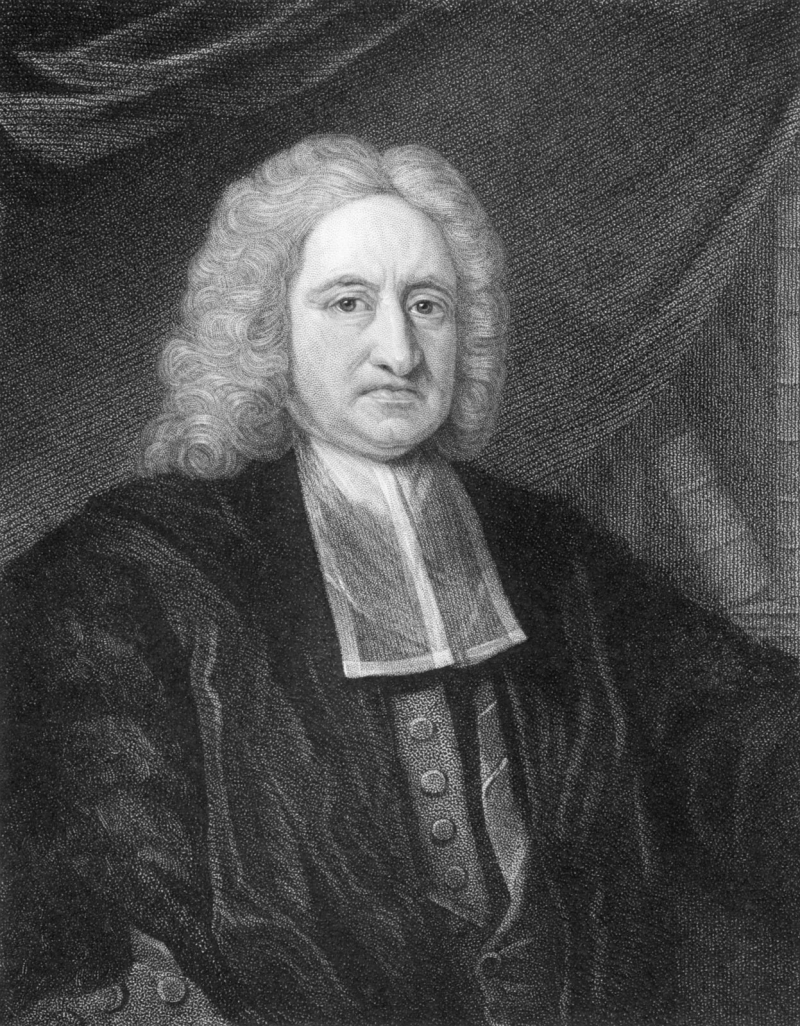To the growth of demography as a science, Edmund Halley made an important contribution.
Halley made a priceless contribution to demography. In fact, he really provided data and a method that is today regarded as one of the most significant developments in the history of demography.
The Breslau statistical data supplied by C. Neumann served as the foundation for Halley's later examination of age-at-death. After the research was complete in 1693, he wrote a piece on life annuities (an insurance product) that included an analysis of age-at-death based on the Breslau statistics Caspar Neumann had made available. Using the purchaser's age as a basis for pricing, this provision permitted the British government to offer life annuities.
One of the interesting facts about Edmund Halley is that his work and study in this field made it possible to precisely determine the cost of life insurance based on the age of the consumers. The growth of actuarial science was significantly affected by Halley's work. A significant development in the history of demography was the creation of the Breslau life-table, which came after John Graunt's earlier, more crude work. For Breslau, he also made a life-table.









